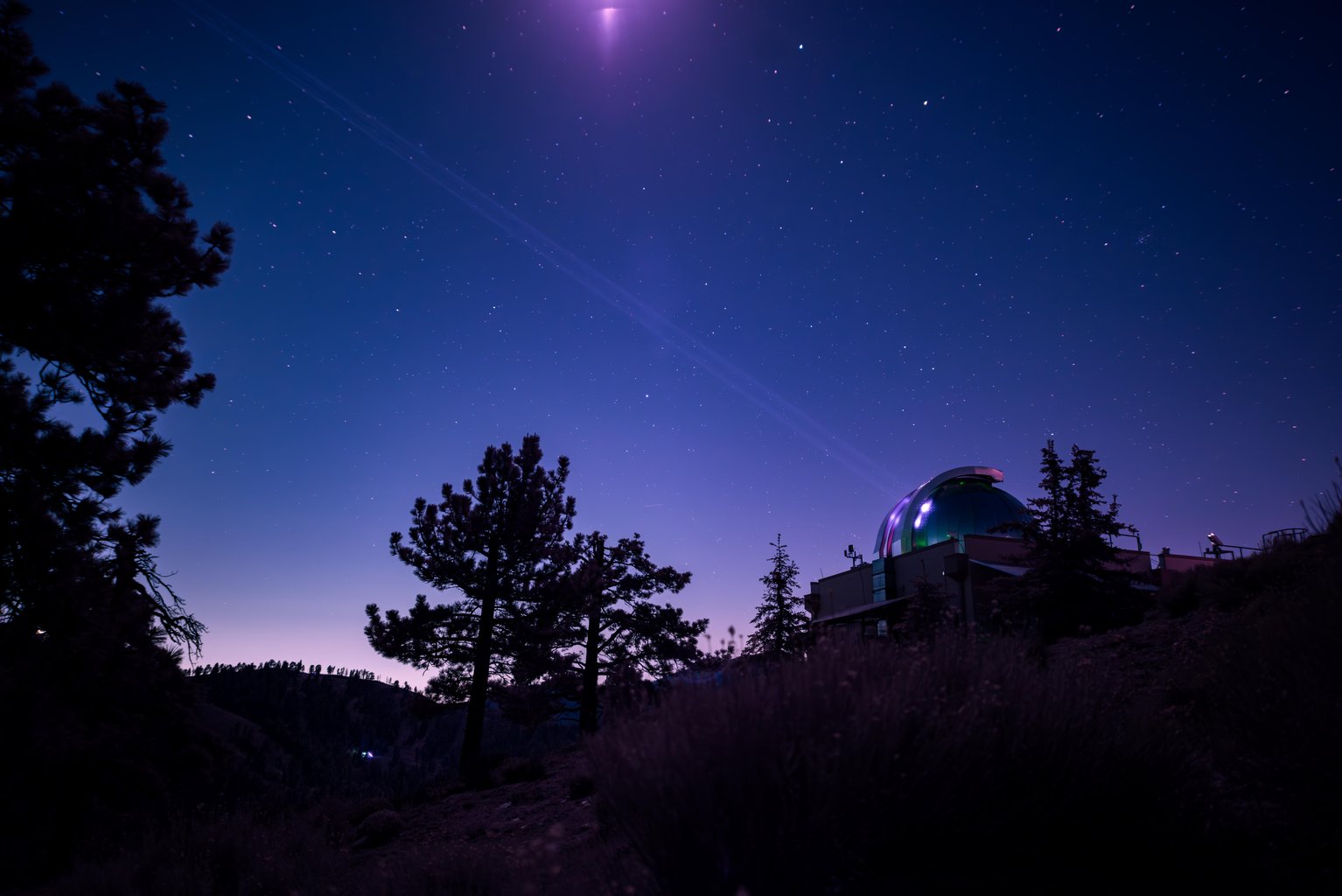Deep Space Optical Communications (DSOC)
Deep Space Optical Communications (DSOC)
The experiment successfully demonstrated high-bandwidth communications in deep space for the first time.
Visit Mission Website
Deep Space Optical Communications (DSOC)
The experiment successfully demonstrated high-bandwidth communications in deep space for the first time.
Visit Mission WebsiteLaunch Date
Oct. 5, 2023
Type
Technology DemonstrationTarget
Deep SpaceStatus
PastThe Deep Space Optical Communications (DSOC) experiment was a pioneering technology demonstration that took laser communications to the next frontier: deep space. The DSOC transceiver launched aboard the Psyche spacecraft – NASA’s first mission to the metal-rich asteroid Psyche – to successfully test high-bandwidth optical communications with Earth during the first two years of the spacecraft’s journey to the main asteroid belt. After exceeding all of its technical goals, DSOC concluded on Sept. 2, 2025.
With new deep space missions producing ever more data, laser-based communications offer a significant augmentation of radio frequency telecommunications, the current standard. Managed by NASA’s Jet Propulsion Laboratory, DSOC demonstrated data rates at least 10 times higher than state-of-the-art radio telecommunications systems of comparable size and power, enabling higher resolution images, larger volumes of science data, and even streaming video.
On Dec. 11, 2023, the demonstration achieved a historic first by streaming an ultra-high-definition video to Earth from over 19 million miles away (31 million kilometers, or about 80 times the distance between Earth and the Moon), at the system’s maximum bitrate of 267 megabits per second – which is comparable to household broadband internet speeds. The project also surpassed optical communications distance records on Dec. 3, 2024, when it downlinked Psyche data from 307 million miles away (494 million kilometers, or more than the farthest distance between Earth and Mars). In total, the experiment’s ground terminals received 13.6 terabits of data from Psyche.
The Optical Communication Telescope Laboratory (OCTL) at JPL’s Table Mountain Facility near Wrightwood, California, used its powerful modulated laser to transmit low-rate data to the transceiver (while also serving as a beacon pointing reference) during Psyche’s journey. A sensitive superconducting nanowire photon-counting receiver, also developed by JPL, installed at Caltech’s Palomar Observatory in San Diego County, California, received the high-rate data returned by the space transceiver.
A division of Caltech in Pasadena, California, JPL managed the project for the Technology Demonstration Missions program within the agency’s Space Technology Mission Directorate and the Space Communications and Navigation program within NASA’s Space Operations Mission Directorate.